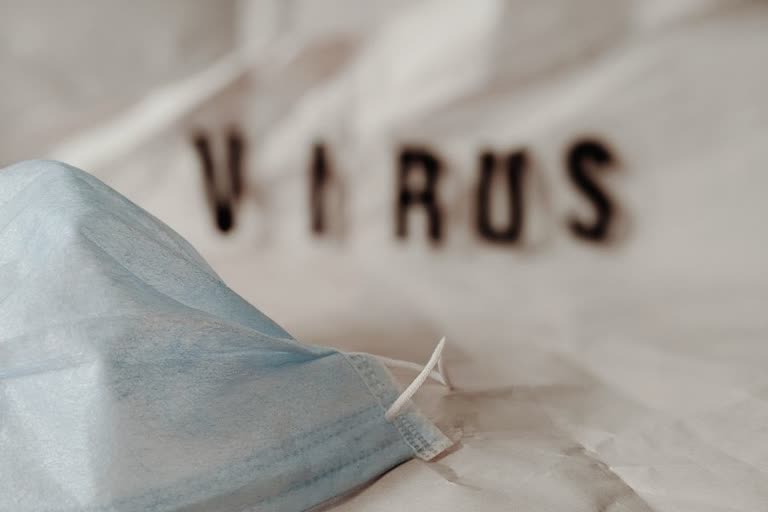A new study published in the British Journal of Dermatology explores the underlying mechanisms involved in such conditions, also known as "COVID toes".
In the study, researchers at the University of Paris conducted blood and skin tests and found that two parts of the immune system, which involve mechanisms to fight COVID-19 might be the reason, BBC reported.
One is an antiviral protein called Type-1 interferon and the other is a type of antibody that mistakenly attacks the person's own cells and tissues, not just the invading virus.
Cells lining small blood vessels supplying the affected areas are also involved, according to researchers from the University of Paris, France.
The team studied 50 people with suspected COVID toe in the spring of 2020, and 13 others with similar chilblains lesions that were not linked to COVID infections because they occurred long before the pandemic began, the report said.
"For most, like the regular chilblains typically seen during cold spells and in people who have problems with circulation, the lesions usually go away on their own. But some may need treatment with creams and other drugs," Ivan Bristow, UK podiatrist was quoted as saying.
